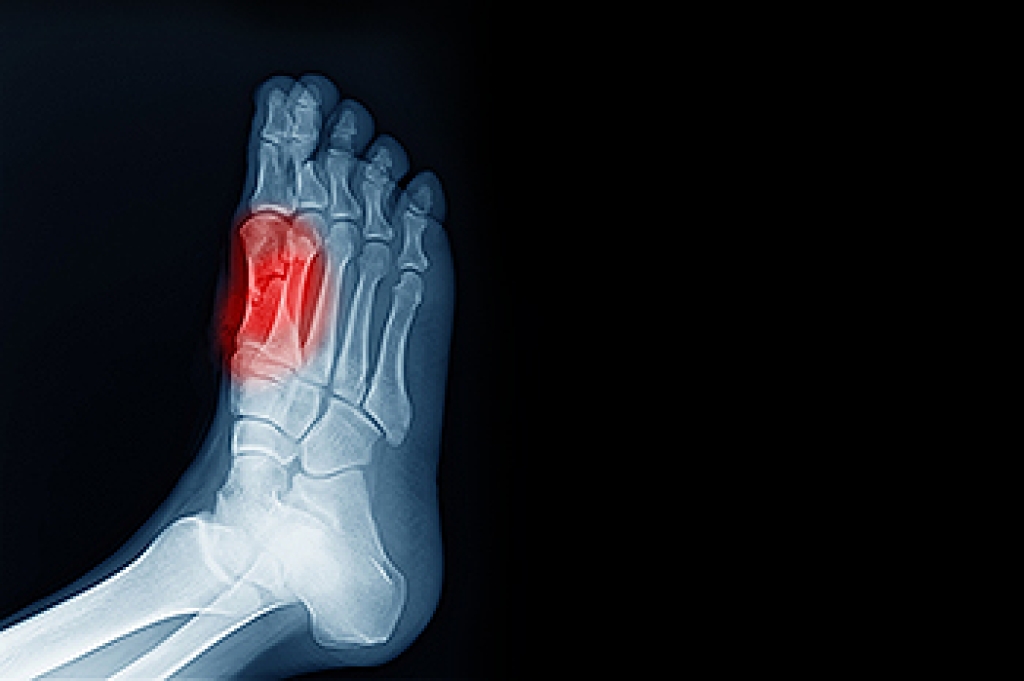
Swelling in the feet is a common concern for people living with diabetes because circulation, fluid balance, and nerve function can all be affected. Treatment focuses on identifying the cause of the swelling and easing pressure on the tissues. Elevation, wearing supportive footwear, and gentle movement often help improve fluid return, while managing blood sugar can reduce inflammation that contributes to fullness in the feet. Some individuals benefit from compression garments designed specifically for diabetic use, and others may need evaluation for circulation problems or early signs of infection. A podiatrist can assess the skin, nails, and blood flow, recommend safe ways to reduce swelling, and identify any underlying issues that may require more focused care. If your swelling worsens, becomes painful, or makes walking difficult, it is suggested that you see a podiatrist for effective relief tips.
Diabetic foot care is important in preventing foot ailments such as ulcers. If you are suffering from diabetes or have any other concerns about your feet, contact one of our podiatrists from APEX Foot & Ankle Center. Our doctors can provide the care you need to keep you pain-free and on your feet.
Diabetic Foot Care
Diabetes affects millions of people every year. The condition can damage blood vessels in many parts of the body, especially the feet. Because of this, taking care of your feet is essential if you have diabetes, and having a podiatrist help monitor your foot health is highly recommended.
The Importance of Caring for Your Feet
- Routinely inspect your feet for bruises or sores.
- Wear socks that fit your feet comfortably.
- Wear comfortable shoes that provide adequate support.
Patients with diabetes should have their doctor monitor their blood levels, as blood sugar levels play such a huge role in diabetic care. Monitoring these levels on a regular basis is highly advised.
It is always best to inform your healthcare professional of any concerns you may have regarding your feet, especially for diabetic patients. Early treatment and routine foot examinations are keys to maintaining proper health, especially because severe complications can arise if proper treatment is not applied.
If you have any questions, please feel free to contact our offices located in Fort Myers, Shellpoint, and Naples, FL . We offer the newest diagnostic and treatment technologies for all your foot care needs.



